Modern Rodding TECH
InTheGarageMedia.com

 Photography by Brian Brennan & Jason Scudellari
Photography by Brian Brennan & Jason Scudellarine of the best-known names in the world of hot rodding is Kugel Komponents. Its founder, Jerry Kugel, became well known for installing independent front and rear suspensions under hot rods—that is, when he wasn’t chasing records on the Bonneville Salt Flats.
Early on Jerry worked with the legendary Ak Miller before opening his own shop, Jerry’s Garage, in 1969. Eventually, no doubt due to the combination of Jerry’s mechanical capabilities, business acumen, numerous magazine articles showcasing his abilities, and his understanding wife Judy, Kugel Komponents opened in 1977. Today Kugel Komponents is a family run business: daughter Jerilyn is the office manager, son Jeff is product manager, and son Joe is the lead fabricator.
Along with independent front and rear suspensions and other “komponents” Kugel offers some rather ingenious brake pedal systems. There are standard, through-the-firewall configurations as well a reverse-mount 90- and 180-degree configurations. The reverse mount assemblies tuck the brake master cylinder (and clutch master cylinder if used) behind the dashboard. This eliminates exhaust interference caused by under floor pedals and keeps the firewall clean as well. Reverse-mount 90-degree brake pedal assemblies are available with or without boosters and clutch master cylinders, while 180 assemblies are available with clutch master cylinders but use only manual brake master cylinders.
All Kugel Komponents pedal assemblies are made from laser-cut 10-gauge steel with 3/8-inch steel pedal arms. Pedal pivot points have Oilite bushings, bellcrank bushings use UHMW polyurethane bushings, and there are brackets for a mechanical brake light switch. It should be noted that these pedal assemblies will require some braces and/or reinforcements to be fabricated as part of the installation.
Another well-known name in the world of hot rodding is Troy Trepanier. Along with his late father, Jack, Troy opened the doors to Rad Rides By Troy in 1995. It didn’t take long for the shop to gain a reputation for being one of the best in the business. Building a string of high-profile cars, including the Goodguys Street Rod Of The Year, Ridler, and America’s Most Beautiful Roadster award winners.
Proving hot rodding runs through the veins of the Trepanier family, Troy’s son, Jack, heads up the Rad Rides Performance Parts division of the company. One of their products that caught our attention is the Tesla electric power brake system. These electric boosters have a sensor that recognizes the force applied to the brake pedal. That sensor sends a signal to the ECU (electronic control unit) that activates an electric motor driven screw assembly that helps apply pressure to the master cylinder.
Electric power brake boosters are found on a variety of electric cars, such as the Tesla as well as some conventional internal combustion–powered vehicles. The Rad Rides crew were quick to recognize all the advantages of these units, specifically no external proportioning valve needed as the master cylinder includes an internal bypass that controls front-to-rear brake pressure. Additionally, no vacuum source is required. Rad Rids Performance Parts modify these units so only three wires are required (three power and one ground) and a machined 6061 billet reservoir that is hard-coat black anodized is added. As these electric brake boosters are extremely effective, only a 4 or 4.5:1 brake pedal ratio is required. So how good are these electric boosters? Jack tells people to wear a mouthguard if they want to try a normal pedal ratio.
Recently we were able to catch the installation of a Kugel 90-degree brake pedal assembly with a Rad Rides’ electric power brake being installed in a ’32 Ford roadster. The result was a clean, simple, and extremely effective brake system, but it’s no surprise that when Kugel Komponents and Rad Rides Performance Parts gets together something special is going to happen.

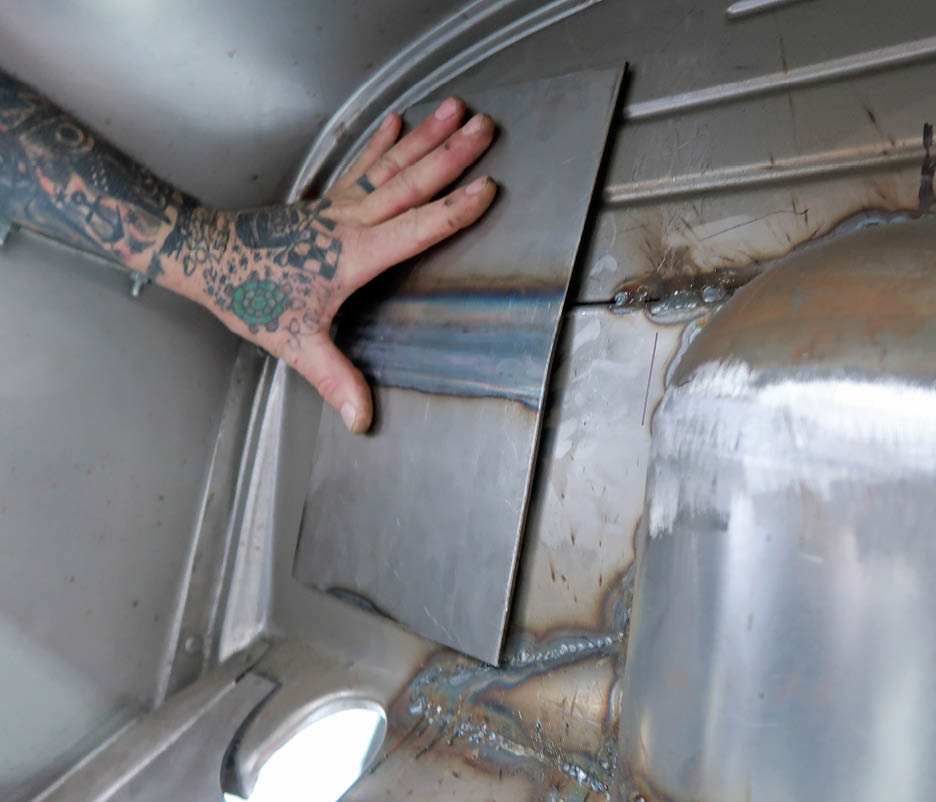
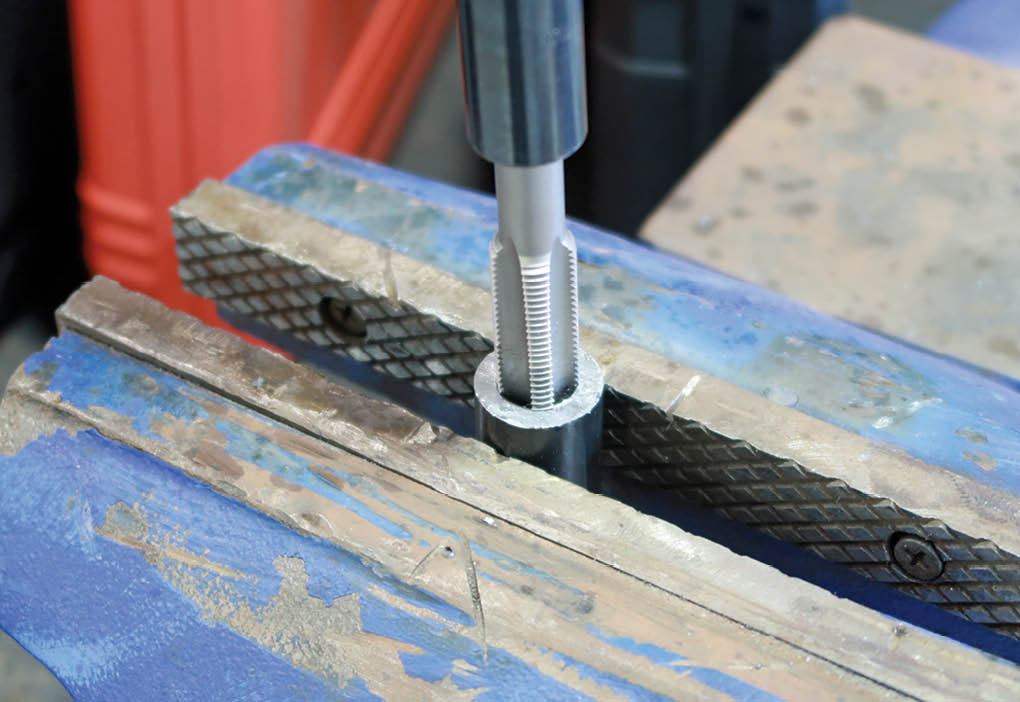





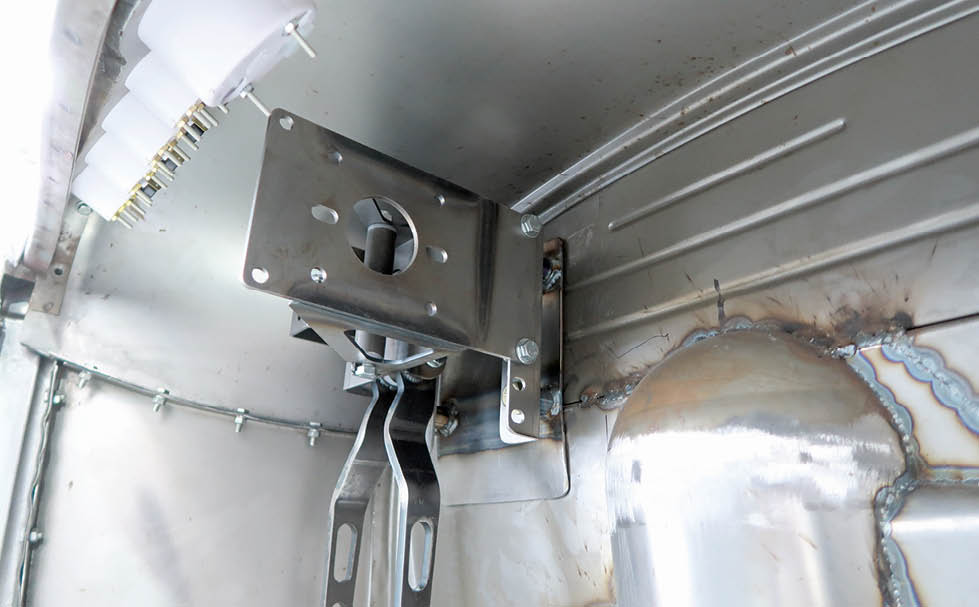
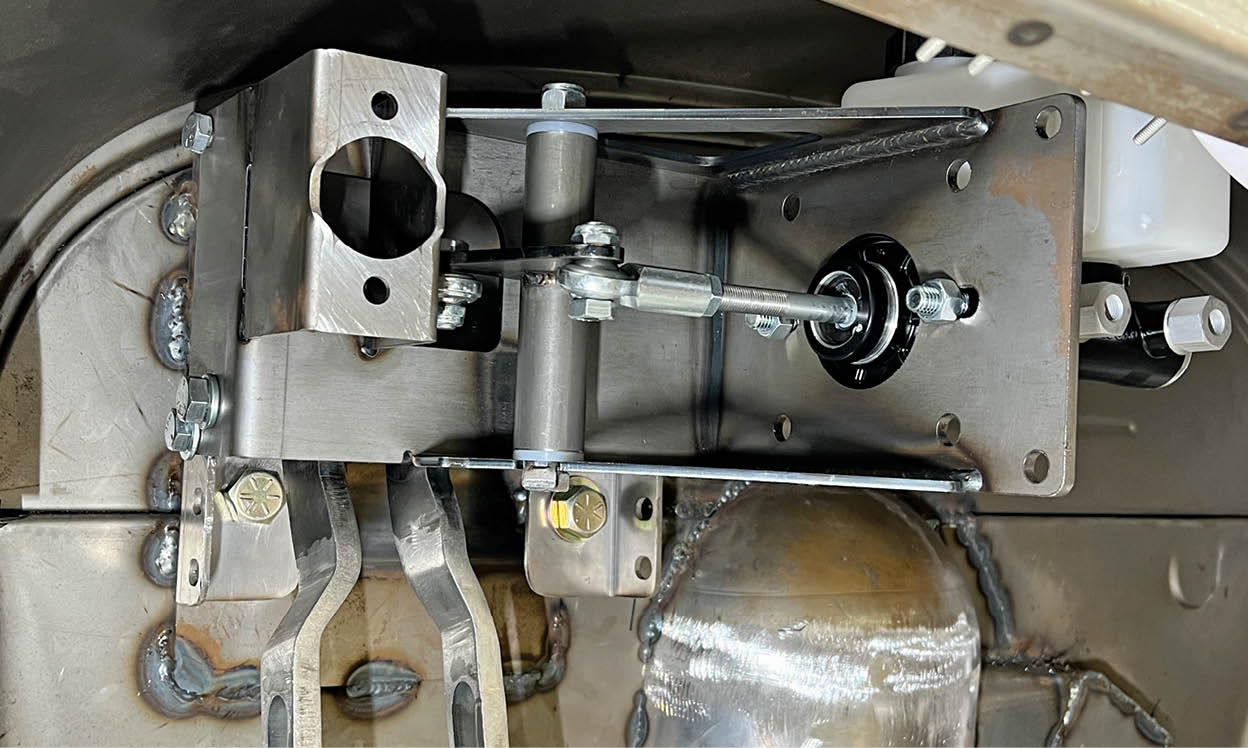

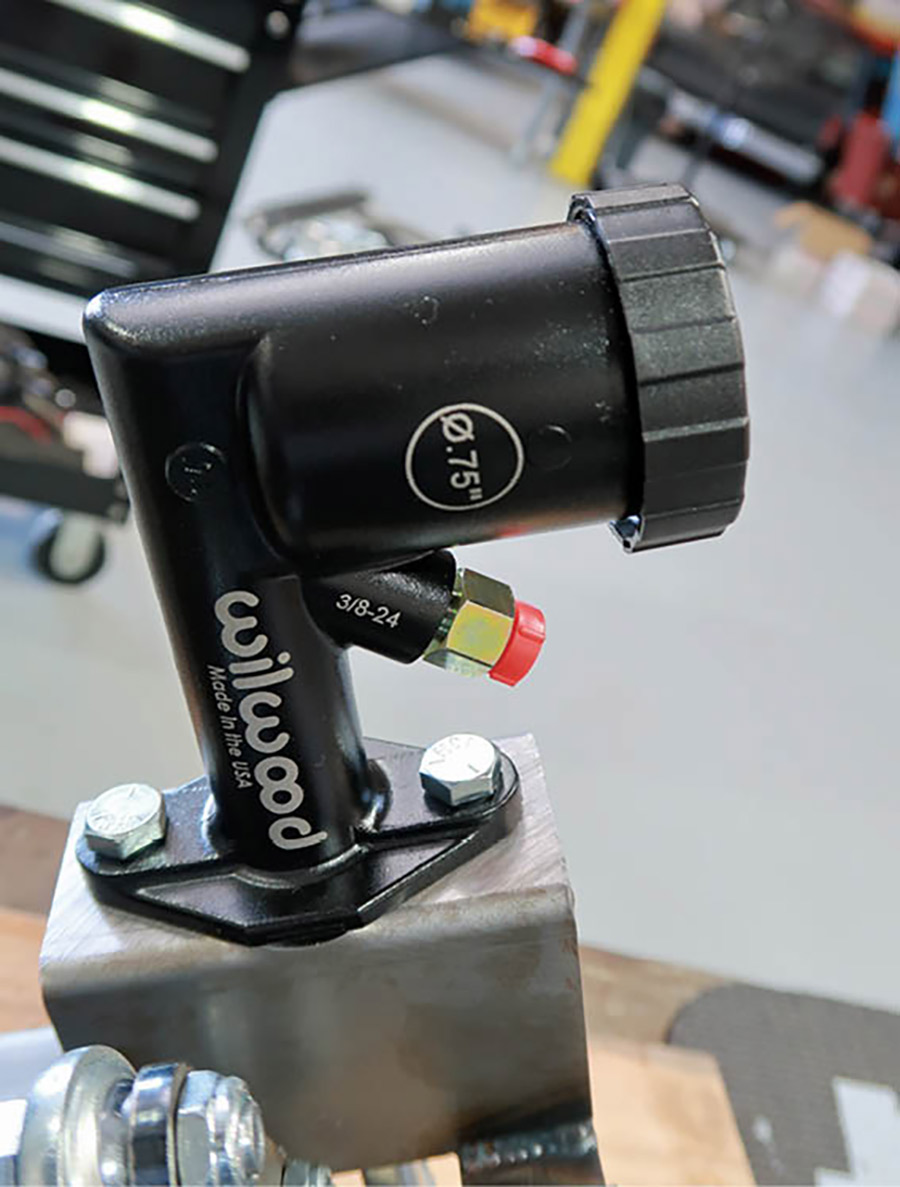
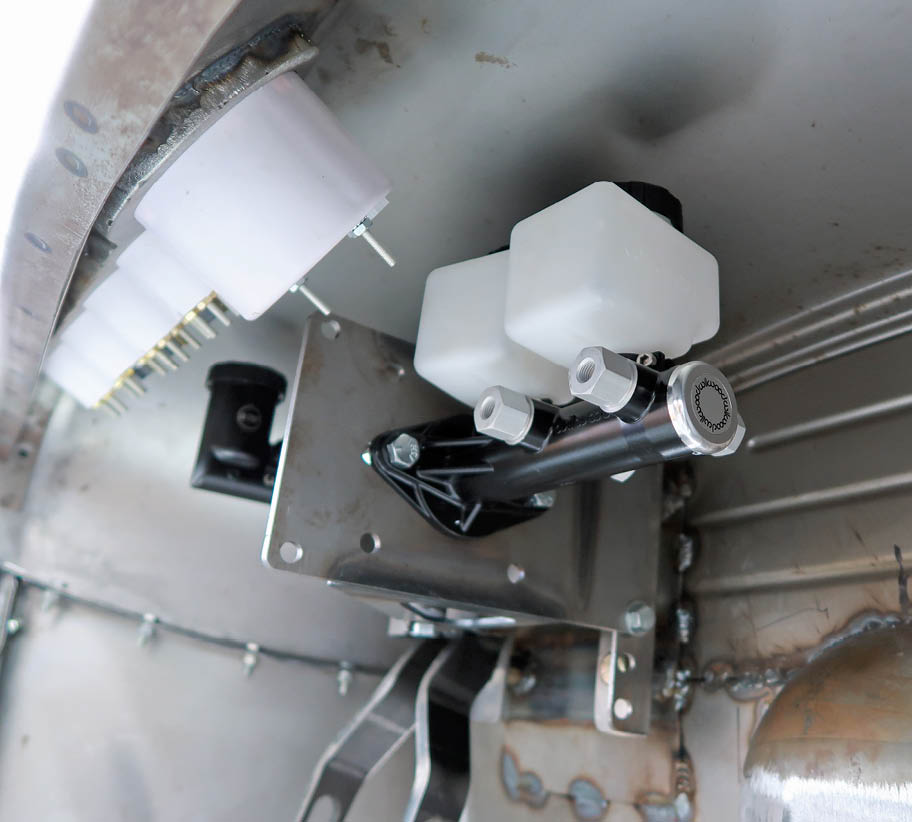
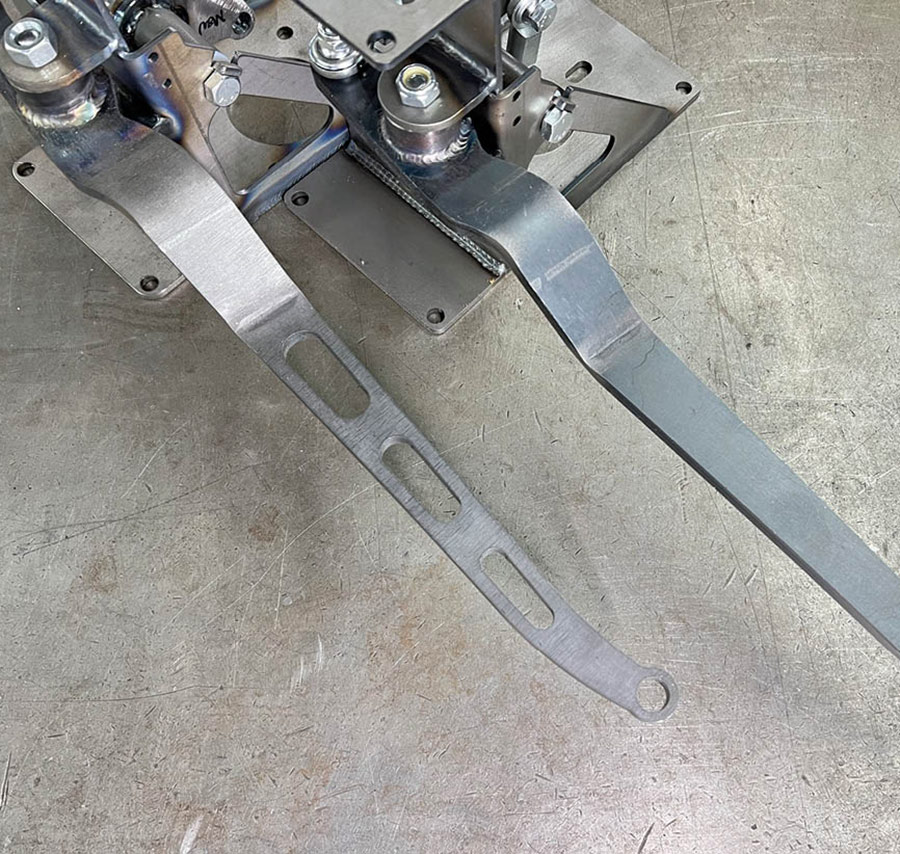
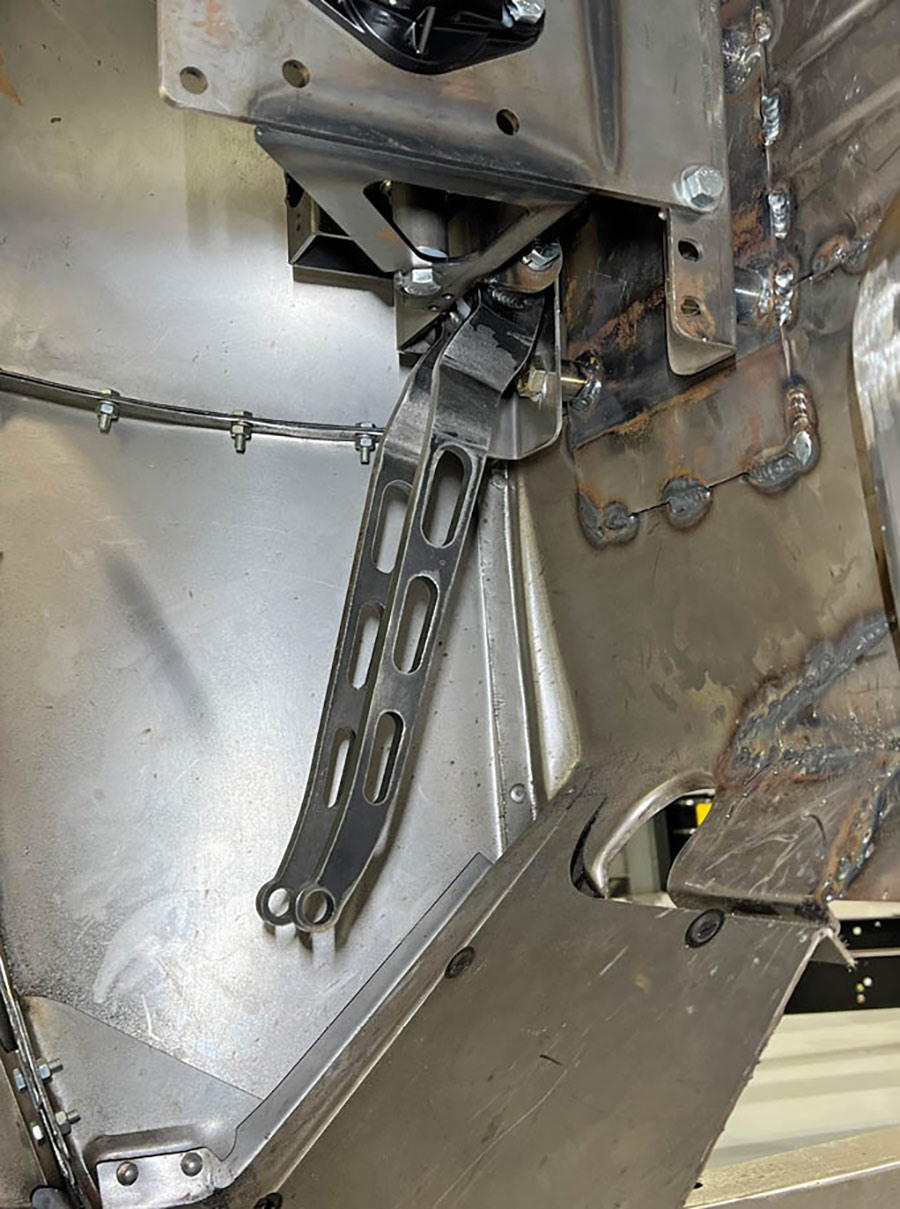
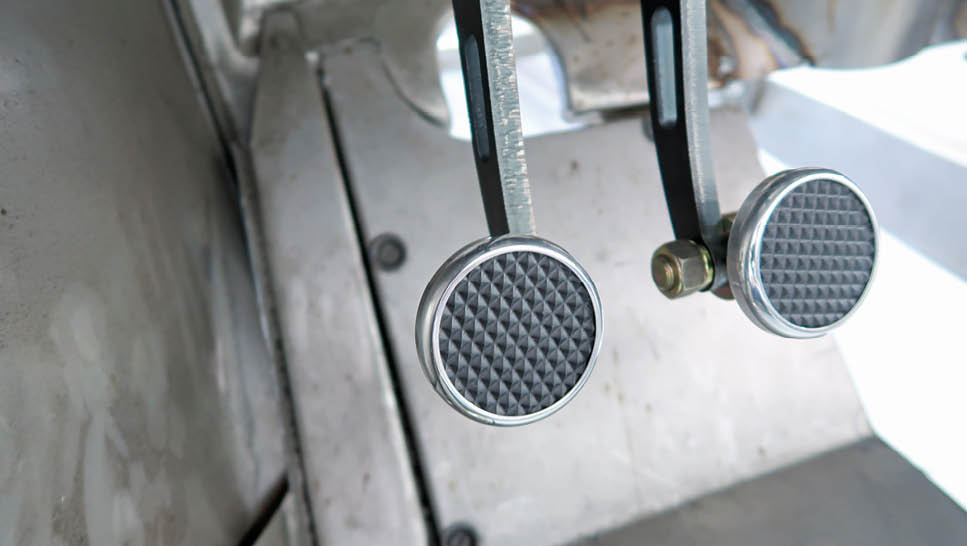

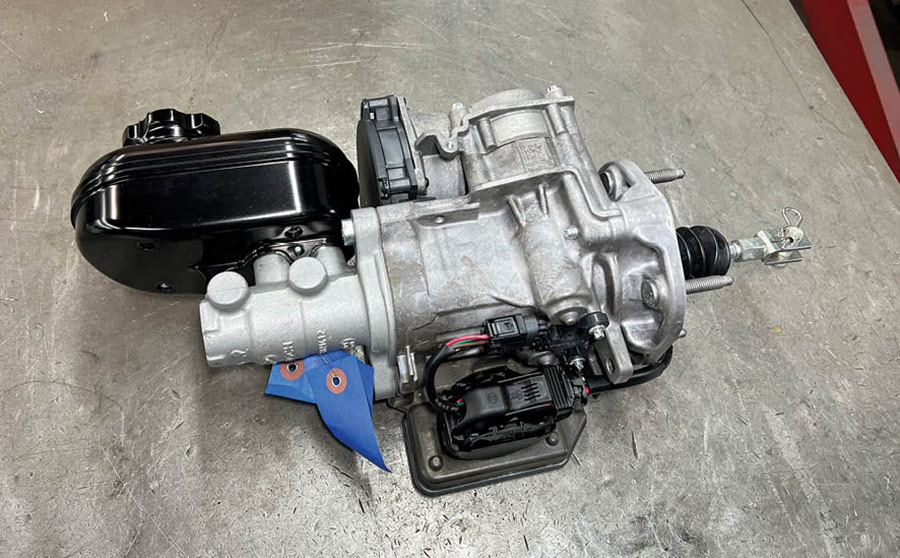
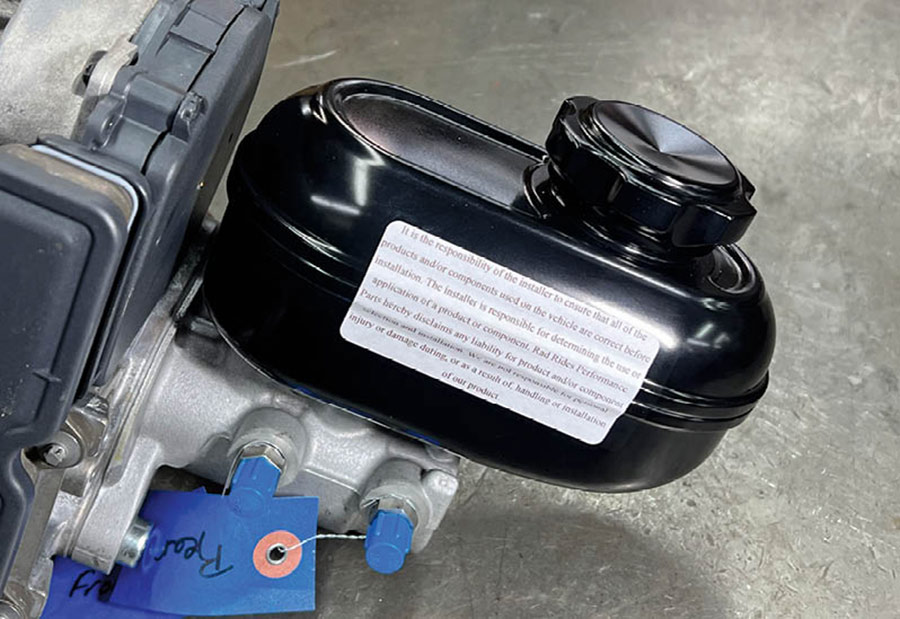
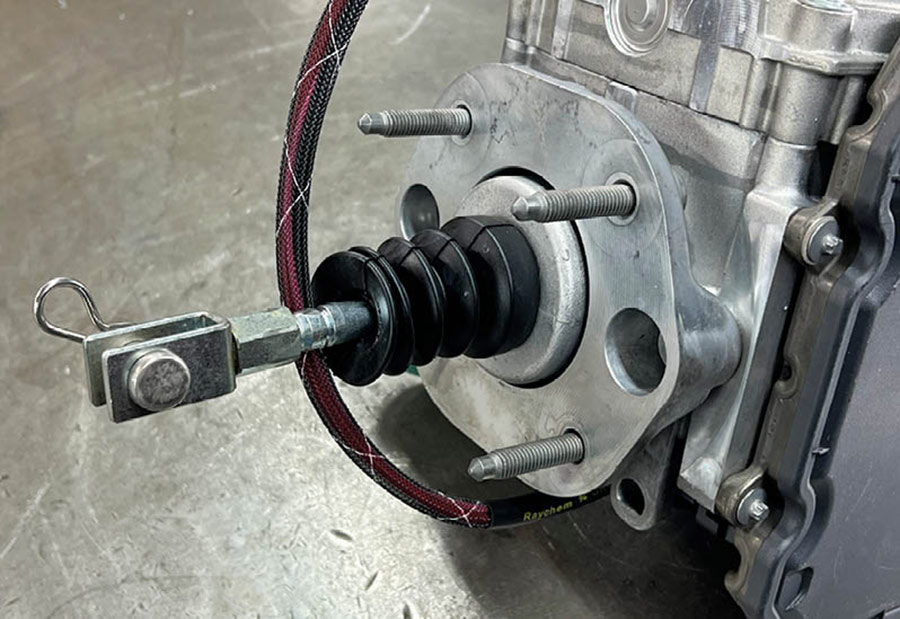
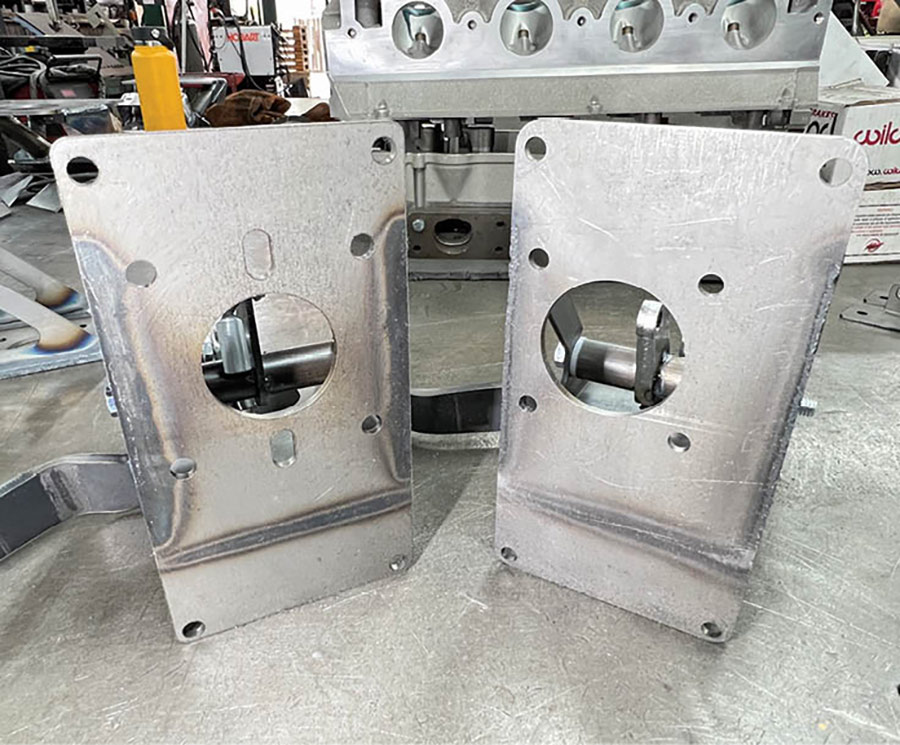


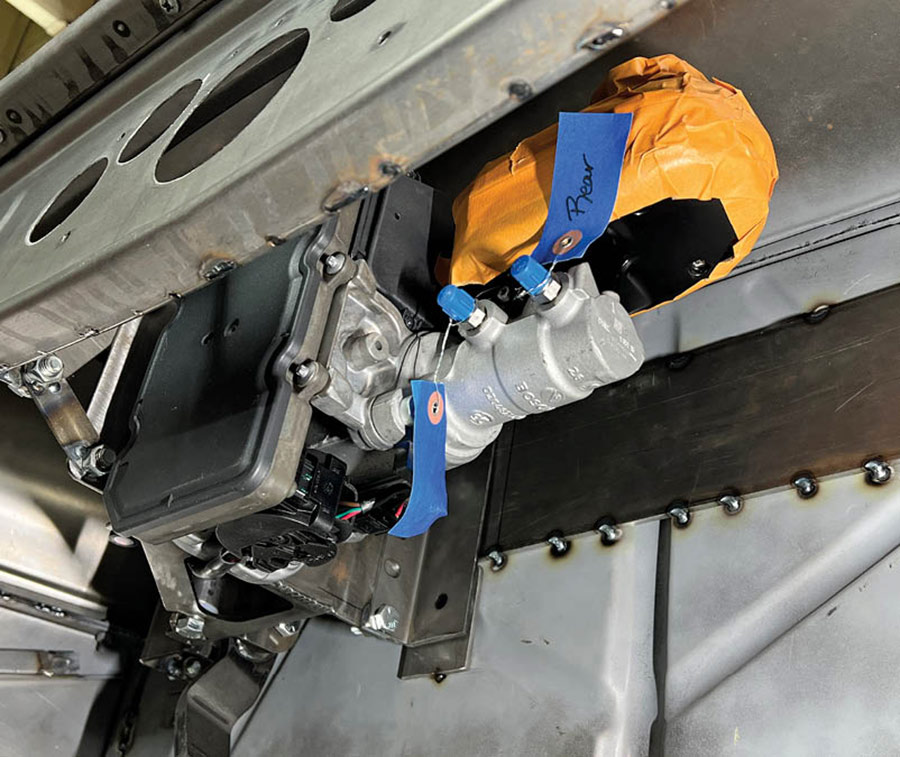
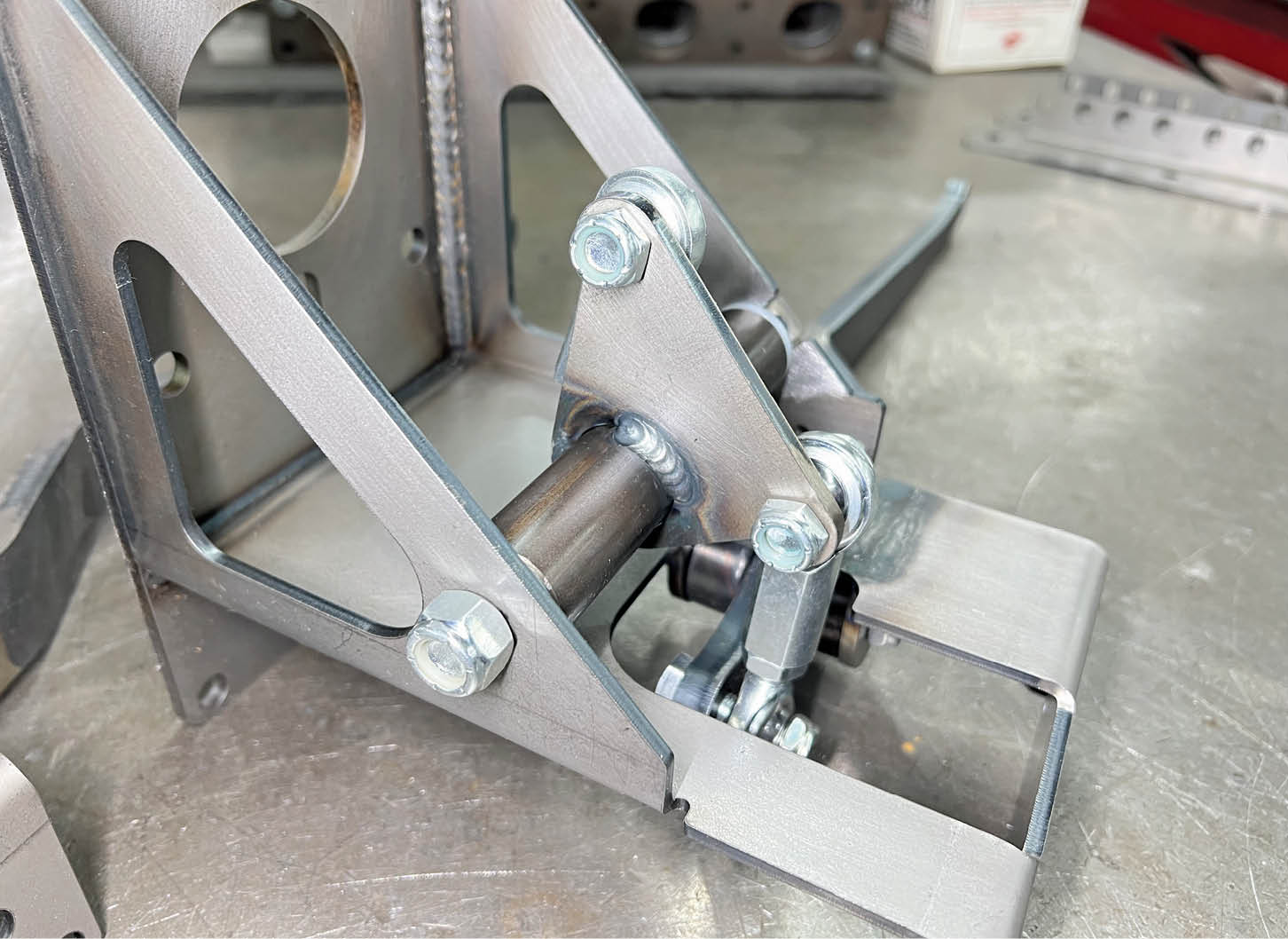
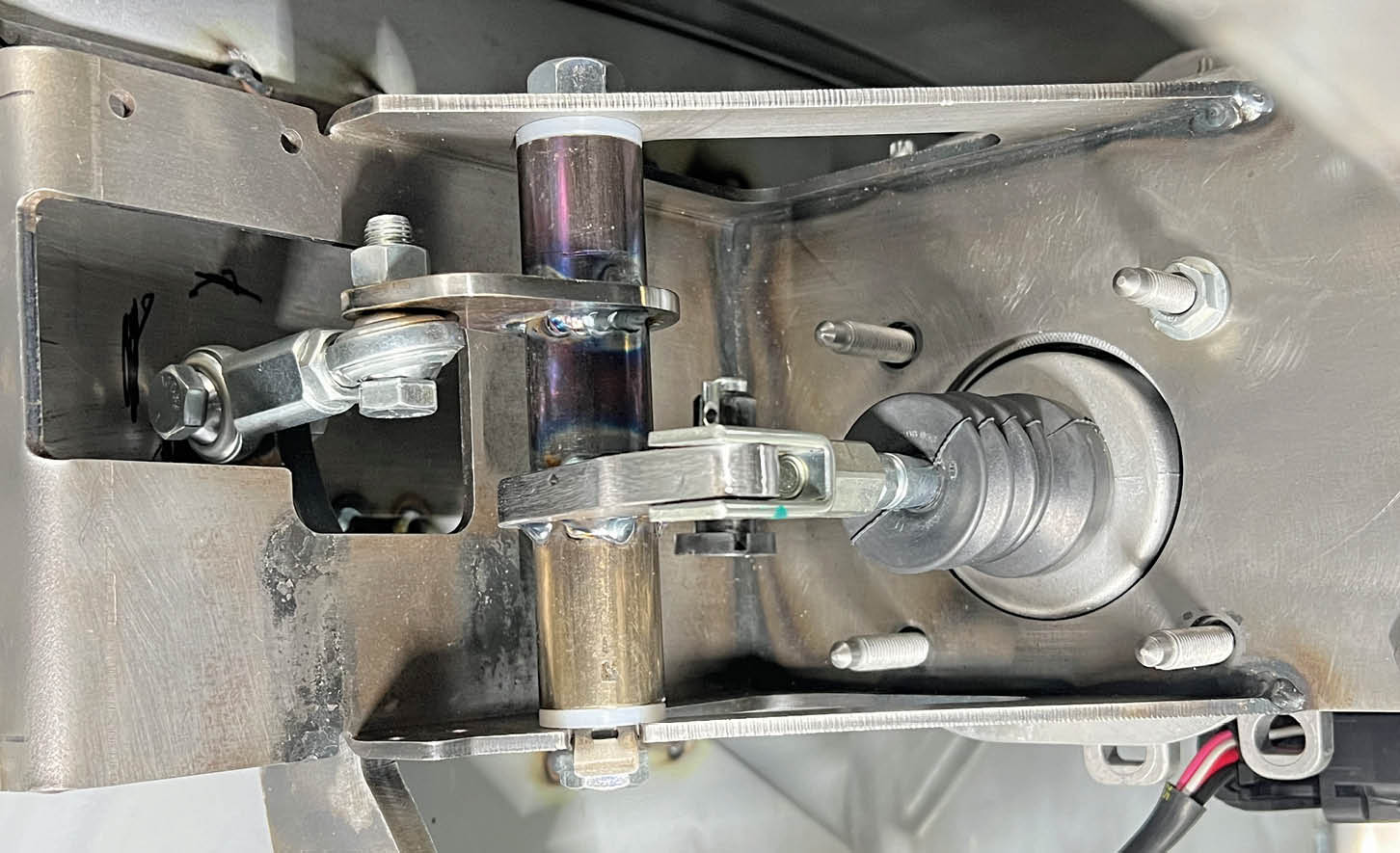

 SOURCES
SOURCESVOLUME 4 • ISSUE 39 • 2023